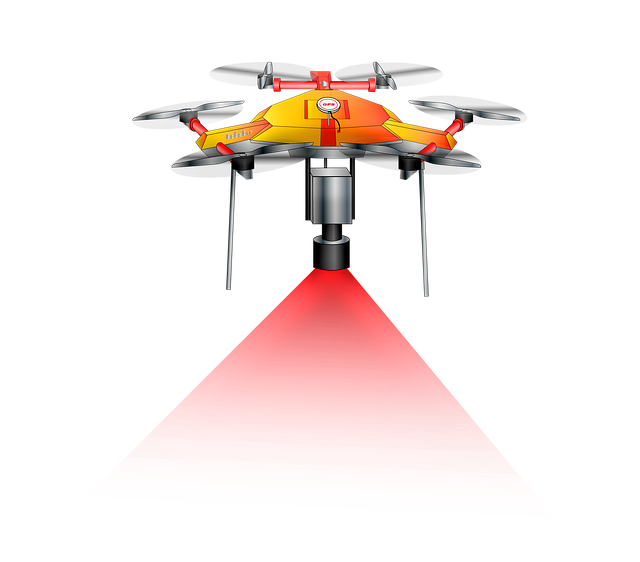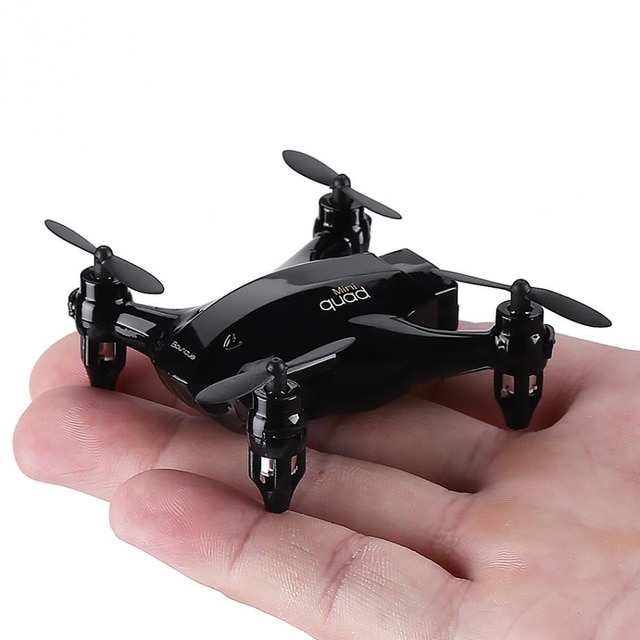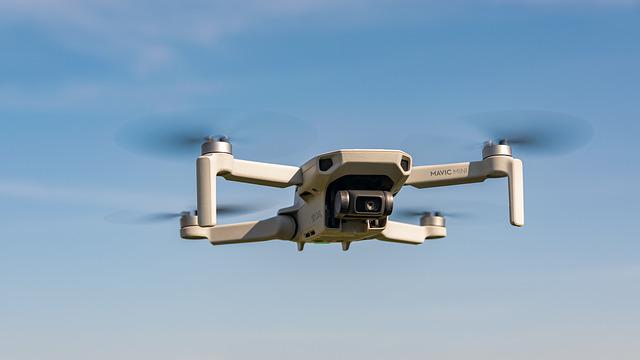
Camera-equipped, unmanned aerial vehicles (UAVs) have made headlines in recent years. Multi-rotor drones were used to film many things, including waterfalls and disaster assessments, as well as marine creatures. Their impact is only expected to increase in the years to come, with the recent US drone strike in Pakistan generating backlash and questioning. Some people have come up with creative ways to capture special moments using drones, such as walking in the footsteps of dinosaurs.
Multi-rotor drones perform better than single-rotor ones
Single-rotor UAVs are more stable than multi-rotors and use less energy. A single-rotor UAV is capable of carrying a heavier payload. Single-rotor drones are less difficult to fly than multi-rotors. However, they are more efficient. These drones can be purchased by those who are interested in a new hobby and/or simply need a smaller, simpler flying vehicle.
Fixed-wing aircraft fly greater distances on one battery
Fixed-wing drones have many advantages when compared to multi-rotor ones. They are faster and can cover greater distances on a single battery. Fixed-wing aircraft can cover more land and carry a larger payload than multi-rotor drones. Because they generate their own lift, they can be more efficient. And, while both types of drones can change batteries mid-mission, fixed-wing aircraft have a greater range than multi-rotors.

Phantom Vision 3 is multi-rotor drone
The DJI Phantom is a multi-rotor drone with four rotary motors that give you total control and stability. For rock-steady footage, it comes with a 1080p digital camera mounted on a 3 axis gimbal. To capture the best video, you can tilt it 90°. The DJI Phantom 2 Vision was designed for videography. Both drones are available in a variety of colors.
They are also cheaper
Multi-rotor models are a good option for those looking for a budget drone. They are the easiest to manufacture and are the most popular type. You can break them down into four types depending upon how many of their rotors you have. The most popular are quadcopters and hexacopters. They're cheap to buy and easy to operate, making them a popular choice for aerial photography and video surveillance.
They are perfect for aerial photography
Multi-rotor drones offer the best opportunity for aerial photography. Although these drones are capable of precise positioning and framing, they are not suitable for long-range aerial monitoring or mapping. You have two options depending on the scope of your project: a quadcopter and a single-rotor. Below are the key differences among the two types.

They can also carry 4K cameras
A multirotor drone that has a 4K camera is what you need. These drones can hold 4K cameras and provide four times as much detail as full HD video. These drones can be used for business, hobby, and many other purposes. 4K drones can also be used to revolutionize filmmaking by eliminating the need to rent aerial helicopters or crews. Because the resolution of a 4K UAV is higher, editing and viewing is easier.
FAQ
What law applies to drones that fly over private property?
The FAA has recently issued new rules for commercial drone flights. These rules only apply to UAVs less than 55 lbs and lower than 400 feet above the ground. Commercial operators must register with FAA to receive a license. When operating in restricted areas or near airports, they will need to obtain permission from the local authorities.
Can I fly my drone indoors
Yes, you can fly your drone indoors. There are only a few things you need to do: Make sure your home is free of obstacles and hazards. Avoid flying near windows, doors and heating vents.
What laws govern flying drones in the United States?
The Federal Aviation Administration (FAA), oversees all aspects of drone operation in the United States. The FAA must issue a certificate before you can commercially operate a drone. Next, you will need to complete a course in flying skills and pass an exam. You will then need to pay an agency fee.
Where are Drones Banned?
The FAA has banned drones in areas near airports and stadiums. They allow them to fly at nights using GPS technology.
What are the rules of operation when using drones?
Register your drone with the FAA. The registration process requires you to provide information about your device, such as its weight, dimensions, battery capacity, operating frequency, and battery life. The FAA will issue you an identification number.
Statistics
- With the top 10% making over $100/h and the bottom 10% making as low as $10/h. (dronesgator.com)
- According to the multiple listing service (MLS), houses and apartments with drone photographs are up to 68 percent more likely to sell than those without pictures. (thedroneu.com)
- According to industry research from ZipRecruiter , there are 10 cities where the typical salary for a Drone Pilot job is above the national average. (dronesgator.com)
External Links
How To
How to Fly Drones at a Beginning Level
A drone is a remotely-controlled aircraft that is used for aerial photography and surveillance. Drone technology has been around since World War II. DJI's Phantom series of quadcopters was the first to be commercially used. Many types of drones have been made available since then, from beginner-friendly models such as the Parrot AR Drone 2.0, to high-end multi-rotor craft such as the DJI Mavic Pro.
There are many methods to fly a Drone, including
-
Remote control – This technique uses a control device attached directly to your hands that allows you steer the drone around its flight path. There are two types of controllers available: joysticks and on/off switches.
-
Manual Control - This method uses a smartphone app to remotely control the drone using GPS coordinates. You will need to keep track of where the drone is going and follow the directions from the app.
-
Autonomous Flight: This means that the drone will take care of all the piloting. The drone is able to fly autonomously, without the need for human intervention. For the autonomous flight to occur, the drone must have a built-in camera and sensors capable of capturing images and data.
-
Triggered Flight - This method is similar to manual control, except the pilot manually sets up a preprogrammed route, and the drone follows that route until it reaches the endpoint. Once the programmed route has been completed, the drone returns to the base automatically.
-
Landing Gear: Some drones have landing gear that allows them safely to land in case they lose power or run low on battery.
-
Goggles - Pilots may wear goggles to shield themselves from flying debris.
-
Camera - You can capture photos and videos with your drone from the air.
-
Obstacles. Some drones can have obstacle avoidance technology that stops them from hitting obstacles.
-
Speed - Drones can reach speeds up to 40 mph.
-
Battery Life: Most drones have a battery life of between 20 and 30 minutes depending on how many power sources you use.
-
Distance - Some drones can travel up 30 miles depending on the model.
-
Power source - Not all drones can use an external power source. Others can run on internal batteries.
-
Weight - Some drones are lighter than others, while some models can weigh as much as 4 pounds.
-
Size - Drones can range in size from tiny devices that can fit in your palm to heavy crafts that weigh 50 pounds.
-
Price - Drones come in a variety of price categories, including high-end models which can run into the thousands and low-cost options that can start at $100.